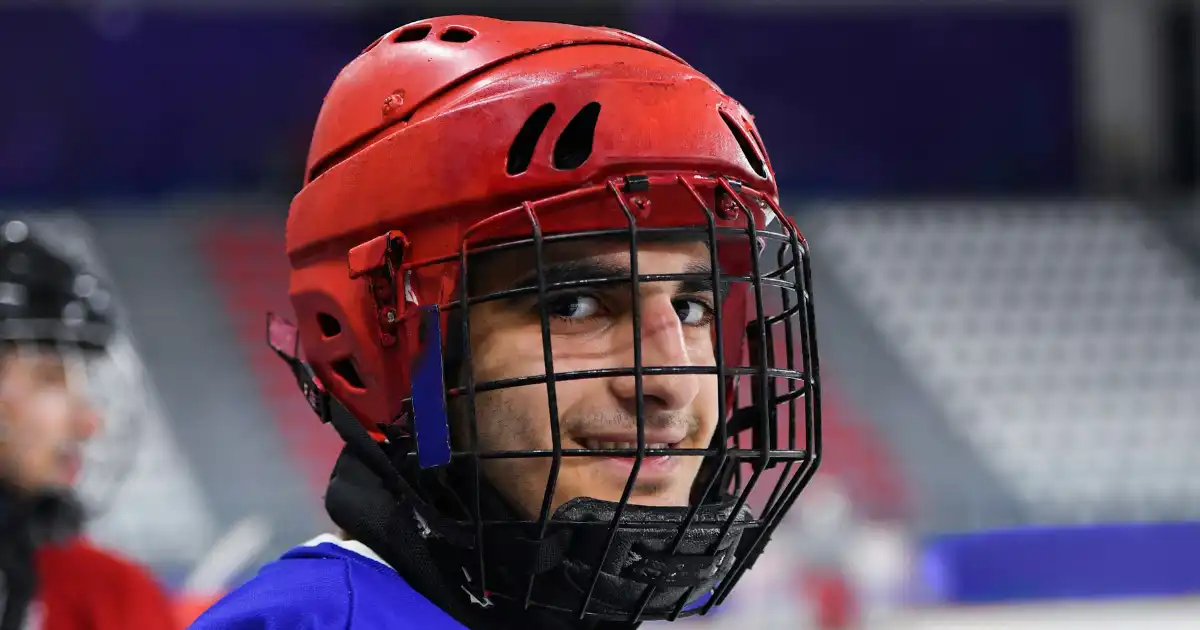In hockey, where skill, strategy, and sheer physicality define the game, there exists a subtler art form that has become an integral part of the sport: chirping. Chirping, or on-ice trash talk, is a verbal joust between players, designed to distract, unsettle, or humorously humiliate opponents. While often overlooked in the broader narrative of hockey, chirping is deeply woven into the sport’s culture, reflecting wit, psychology, and the unique camaraderie of hockey players.
A Tradition as Old as the Game
Chirping has been a part of hockey for generations. Early accounts of the game suggest that players used playful banter to maintain a psychological edge. While the game’s intensity is often highlighted by hard hits and jaw-dropping goals, chirping adds a layer of psychological warfare to the contest. It’s a way for players to assert dominance, relieve tension, or even defuse hostility with humor.
The best chirpers are sharp, creative, and quick on their feet, delivering jabs that cut to the core without crossing the line into disrespect or vulgarity. It’s not just about hurling insults; it’s about timing, delivery, and knowing what will get under an opponent’s skin.
Why Chirping Works
At its core, chirping is a mental game. Hockey is fast-paced and physically exhausting, so a well-placed chirp can throw an opponent off their focus. A player who is angry, embarrassed, or preoccupied with a chirp is less likely to make smart plays or stay disciplined.
Here’s how chirping plays into the psychology of the game:
1. Distraction: By targeting an opponent with a sharp comment, a player can momentarily break their focus, forcing them to lose sight of the puck or miss a play.
2. Frustration: Chirps can escalate tempers, leading players to take penalties or make mistakes in retaliation.
3. Intimidation: A clever or confident chirp can assert dominance, making the opponent feel outmatched both mentally and physically.
4. Morale Boost: A well-executed chirp can rally a team, lightening the mood and fostering a sense of unity and fun.
The Anatomy of a Great Chirp
Not all chirps are created equal. The best ones are concise, clever, and relevant to the moment. Here’s what makes a chirp truly effective:
1. Wit Over Vulgarity: A clever line lands far better than a crude insult. The best chirpers rely on humor and timing rather than personal attacks.
Example: “You’ve got hands like feet, bud!”
2. Observational Humor: Chirps that poke fun at something specific, like an opponent’s poor play or style, are often the most effective.
Example: After a bad shot: “Was that a pass or a field goal?”
3. Confidence: Delivery matters. Even the best chirp can fall flat if it’s delivered without swagger.
4. Respect the Line: Good chirpers know where to stop. Insulting family, bringing up personal issues, or crossing into offensive territory is frowned upon and goes against hockey’s code of conduct.
The Role of Chirping in Team Dynamics
Chirping isn’t just for the opposition; it’s also a tool used within teams to build camaraderie. Teammates chirp each other during practices and locker room banter, creating a fun and relaxed atmosphere. It’s a way to keep egos in check, foster bonds, and maintain a sense of humility.
This internal chirping helps players develop thicker skin, ensuring that when the real heat comes during a game, they’re ready for it. It’s a unique aspect of hockey culture that reinforces the idea that while the game is competitive, it’s also meant to be fun.
Legendary Chirps and Chirpers
Some NHL players are known for their legendary chirping abilities. Players like Sean Avery and Matthew Tkachuk have built reputations as master chirpers, delivering lines that are remembered long after the final buzzer.
One of the most famous chirps in hockey history came from Ray Ferraro, who once said to an opponent: “You couldn’t score on an empty net in warmups!” Another classic comes from Claude Lemieux, who chirped an opponent by sarcastically asking: “What do you call those things on your skates? Wheels? Or brakes?”
These moments add color to the game and showcase the lighter, more human side of hockey.
The Line Between Chirping and Poor Sportsmanship
While chirping is a celebrated aspect of hockey, there’s a fine line between playful banter and poor sportsmanship. Crossing that line by making personal attacks, using offensive language, or escalating into physical altercations can tarnish a player’s reputation and lead to penalties or disciplinary action.
The unwritten code of hockey dictates that chirping should remain respectful and in good fun. It’s a game, after all, and the goal is to entertain, not to harm.
Chirping in the Modern Game
In the age of social media, chirping has expanded beyond the rink. Players now engage in banter on platforms like Twitter and Instagram, continuing rivalries and adding entertainment for fans. However, this comes with added scrutiny, as social media amplifies any missteps.
The modern game also emphasizes sportsmanship and inclusivity, encouraging players to be mindful of their words. While chirping remains part of hockey, it has evolved to reflect the changing values of the sport and its community.
Final Thoughts
Chirping is an art form that adds depth and personality to hockey. It’s more than just trash talk—it’s a way to gain a mental edge, foster camaraderie, and inject humor into a highly competitive sport. The best chirps are clever, timely, and delivered with confidence, reflecting the quick-thinking nature of hockey players both on and off the ice.
As the game continues to evolve, chirping remains a cherished tradition, reminding us that hockey is as much about the mind as it is about the body. Whether you’re in the rink or the stands, a well-timed chirp is sure to get everyone talking.

